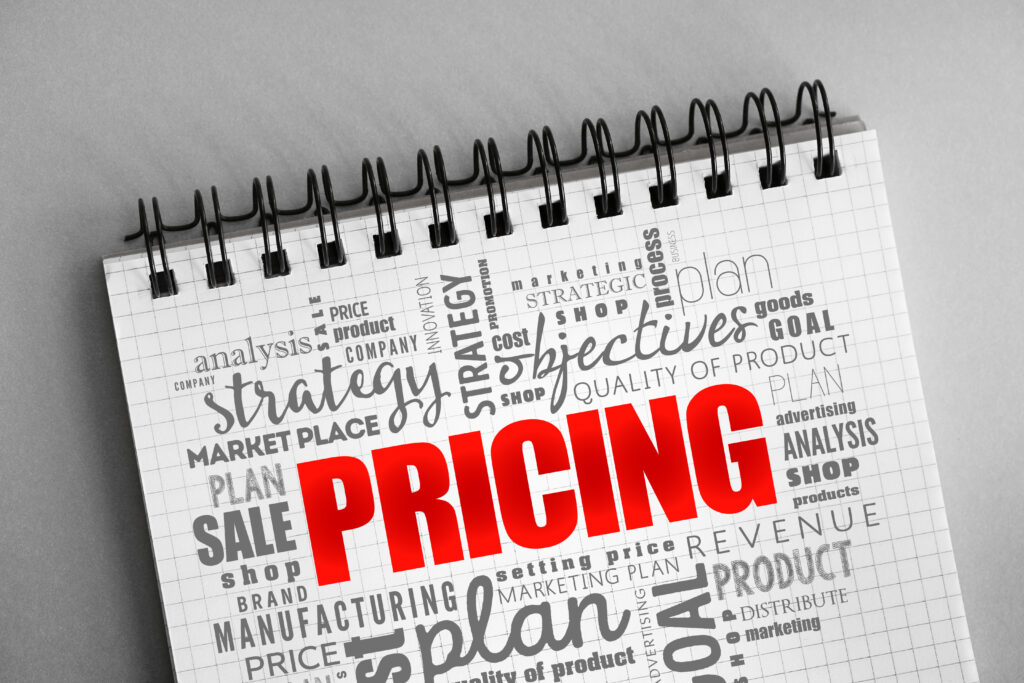Optimize Your Data Room for Optimal M&A Results
Leave a CommentIs Your Data Room Working for You?
If you are preparing for potential mergers and acquisitions (M&A) activity on the sell side, or have done in the past, then you probably already know that it is way too easy to overwhelm potential buyers with the contents of your data room.
Have you ever asked yourself if your data room is really working for you? And is it driving optimal results?
If you have, it is probably because you were wondering if, instead of expecting buyers to work to discern, analyze, and validate an influx of information and disparate data sets, the data room could showcase the strengths of your business, and focus potential acquirers on value creation opportunities that will secure the best price / valuation for you.
Eliminate unknowns and provide powerful answers
Optimizing your data room can help eliminate unknowns for potential buyers and provide powerful answers to questions such as:
- How quickly will the company be able to realize financial impact from value creation initiatives?
- How sophisticated is the organization’s sales and marketing strategy?
- How prepared is the business to react to changes in market dynamics?
- How does the company use technology to boost efficiency and profitability?
Using the data room to provide a clear window into your business gives buyers the visibility they need to feel confident investing their capital. Commercial clarity in turn yields increased interest in and competition for your business, driving higher multiples.
Three ways to optimize your data room
Here are three ways to demonstrate commercial excellence through an optimized data room that will reward your business with a higher valuation:
Organize data to increase speed to impact
Buyers will see immediate benefit from your organization’s efforts to integrate disparate data sources and create a data hierarchy: because you have already done the work of cleaning up data inconsistencies and developing an actionable data structure, they can focus on strategy, thus accelerating due diligence and reducing the time to execute and drive impact.
Having a solid data foundation in place allows you and buyers to:
- Identify quick wins to yield financial impact and increase enterprise value
- Build momentum and demonstrate ability to drive margin improvement
- Recognize change readiness of organization for value creation initiatives
- Prioritize opportunities for the 100-day plan
Time spent before go-live on organizing the data for your data room translates into time saved, and better results during the process.
Drive segmentation into your commercial strategy
Using your data to display the sophistication of your organization’s sales and marketing strategy helps build buyer conviction around growth initiatives.
This can be achieved by structuring and segmenting your data to demonstrates to potential buyers that you don’t employ a one-size-fits all approach across offerings and customers, but rather strategies that recognize the opportunities presented by every channel, transaction, etc., with crafted and differentiated ways to maximize the profitability of each.
Offering this kind of segmentation and visibility helps potential buyers:
- Create customized, segmented pricing models based on key value drivers
- Develop positioning strategies that target the appropriate customer segment with the right value proposition
- Identify opportunities for cross-selling, roll-ups, etc. based on analysis of customer purchase patterns and product relationships
- Recognize shifts in customer behaviors to head-off potential churn
- Understand how cost to serve elements impact the profitability of each order
Showcase your technology and tools infrastructure
An optimized data room is a great way to showcase the technology and tools (such as ERP’s and CRM’s) you’ve invested in. This can be very important to potential buyers, who will be looking to maximize and increase the value of the acquired company.
Equally, data and information that is rich in insights on sales, throughput, inventory, operations, productivity, key performance indicators, pricing, etc. gives potential buyers reassurance that your organization has the tools and capability to facilitate increases in effectiveness and achieve the synergies that post acquisition initiatives will target.
During the due-diligence process, the more time that is spent collaborating and engaged in productive conversations versus sorting through reports and spreadsheets to answer basic questions, the better. So if you have good technology and tools, show it!
Summary
If you are preparing for M&A and your data room isn’t in good enough condition to be considered a selling point, Core Catalysts can help. Our team has the expertise to quickly make sense of vast amounts of data and information, offering you and potential buyers clarity and confidence during due diligence, leading to superior valuations.
Core Catalysts will help you:
- Set your business apart from other M&A opportunities
- Make the contents of your data room easy to use and actionable
- Showcase quick-win opportunities and next steps for EBITDA growth, margin improvement, and value creation for potential buyers
- Justify higher multiples
Find out more
If you would like to find out more about how Core Catalysts can support your M&A activities, please reach out to us today!
-Core Catalysts Staff


